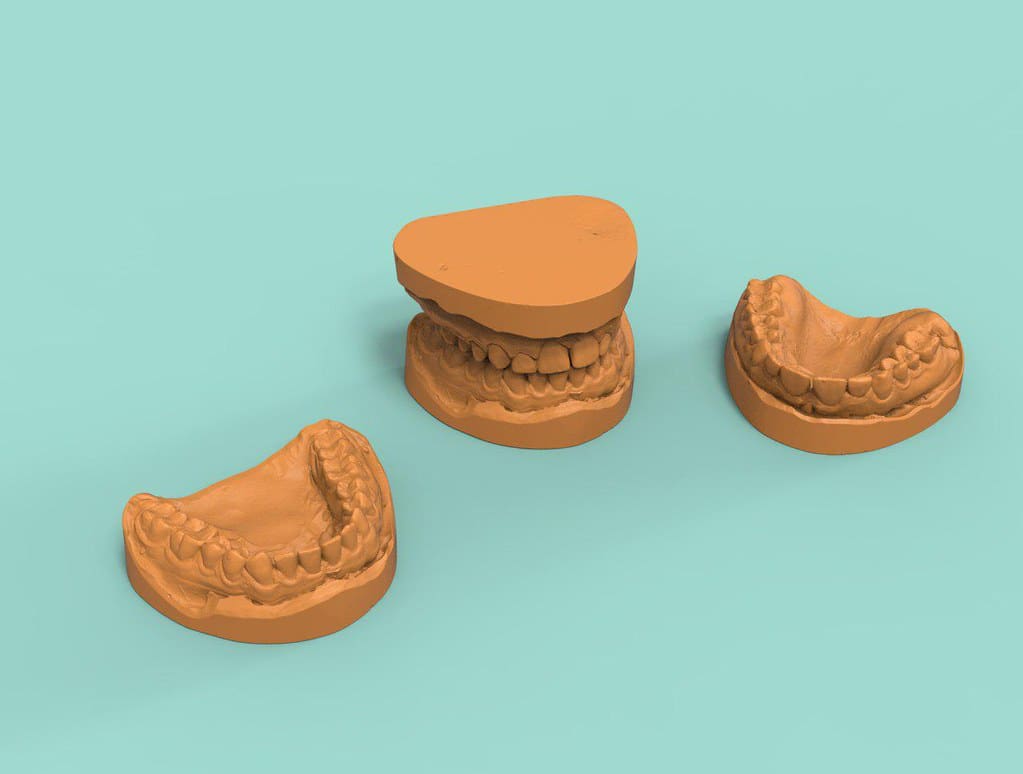Biomechanics is the study of the structure, function, and motion of the mechanical aspects of biological systems, using the methods of mechanics. Its applications span across medical, sports, and industrial fields, influencing everything from injury prevention and rehabilitation to the design of ergonomic tools and devices. The integration of 3D printing technology into biomechanics has revolutionized this interdisciplinary field, enabling researchers and practitioners to create highly customized, anatomically accurate models and devices that enhance both experimental capabilities and practical applications.
The Emergence of 3D Printing in Biomechanics
Initially utilized predominantly for prototyping in engineering and design disciplines, 3D printing has increasingly become a crucial tool in biomechanics for both research and clinical applications. This technology allows for the precise replication of complex biological structures and the customization of designs to fit individual anatomical data, transforming how biomechanical solutions are developed and implemented.

Advantages of 3D Printing in Biomechanics
Precision and Customization: 3D printing offers unmatched precision in replicating human anatomical structures, crucial for effective biomechanical analysis and device design. This precision ensures that devices like prosthetics, orthotics, and surgical aids fit perfectly and function optimally according to individual needs.
Complex Geometry Capability: The ability to produce complex geometries effortlessly allows biomechanists to explore and fabricate intricate structures that mimic the natural properties of biological tissues, such as bone scaffolds or cartilage.
Rapid Prototyping: 3D printing facilitates rapid prototyping, enabling biomechanists to quickly iterate designs based on experimental data or clinical feedback, significantly speeding up the development process from concept to final product.
Cost-Effective Solutions: For custom and small-batch production, 3D printing is often more cost-effective compared to traditional manufacturing methods, making it ideal for research laboratories and specialized medical applications.
Key Applications of 3D Printing in Biomechanics
Prosthetics and Orthotics: 3D printing is extensively used to design and fabricate custom prosthetic limbs and orthotic devices that are lightweight, durable, and tailored to fit the unique contours of an individual’s body, enhancing comfort and functionality.
Surgical Planning and Implants: Surgeons use 3D-printed models for preoperative planning and simulation, allowing for more accurate and less invasive procedures. Additionally, implants such as joint replacements can be customized to the specific anatomical requirements of patients.
Sports Biomechanics: In sports science, 3D printing is used to create equipment and protective gear that fits perfectly with an athlete’s body, optimizing performance and reducing the risk of injury.
Rehabilitation Devices: Customized rehabilitation aids designed via 3D printing can significantly improve recovery outcomes by catering specifically to the rehabilitation needs and progress of individuals.
Research in Tissue Engineering: 3D bioprinting is emerging as a pivotal technology in biomechanics research, particularly in tissue engineering, where it is used to create complex tissue scaffolds that promote cell growth and tissue regeneration.

Challenges in 3D Printing for Biomechanics
Despite its transformative potential, several challenges remain in integrating 3D printing into biomechanics:
Material Properties: Finding materials that accurately mimic the mechanical and biological properties of human tissues remains a challenge. The materials used must be compatible with the body, durable, and capable of replicating the functional characteristics of biological tissues.
Technical Expertise: Proficiency in both biomechanical engineering and 3D printing technology is required to effectively design and produce high-quality, functional biomechanical devices. This dual expertise is sometimes scarce.
Regulatory and Ethical Considerations: Devices intended for medical use must undergo rigorous regulatory scrutiny to ensure safety and efficacy. Navigating these regulations can be complex and time-consuming.
Scalability: While 3D printing is excellent for prototyping and custom solutions, scaling up production to meet larger demands poses economic and technical challenges.
Future Directions in 3D Printing for Biomechanics
The future of 3D printing in biomechanics is promising, with ongoing technological advancements likely to overcome current limitations. Continued innovation in printer technologies, material science, and computational modeling are expected to enhance the precision, efficiency, and practicality of 3D printed biomechanical solutions.
3D printing is set to continue its significant impact on biomechanics, offering innovative solutions that enhance research capabilities and improve clinical outcomes. As the technology evolves, it promises to enable more sophisticated, efficient, and personalized applications, fundamentally changing the landscape of biomechanical engineering.








